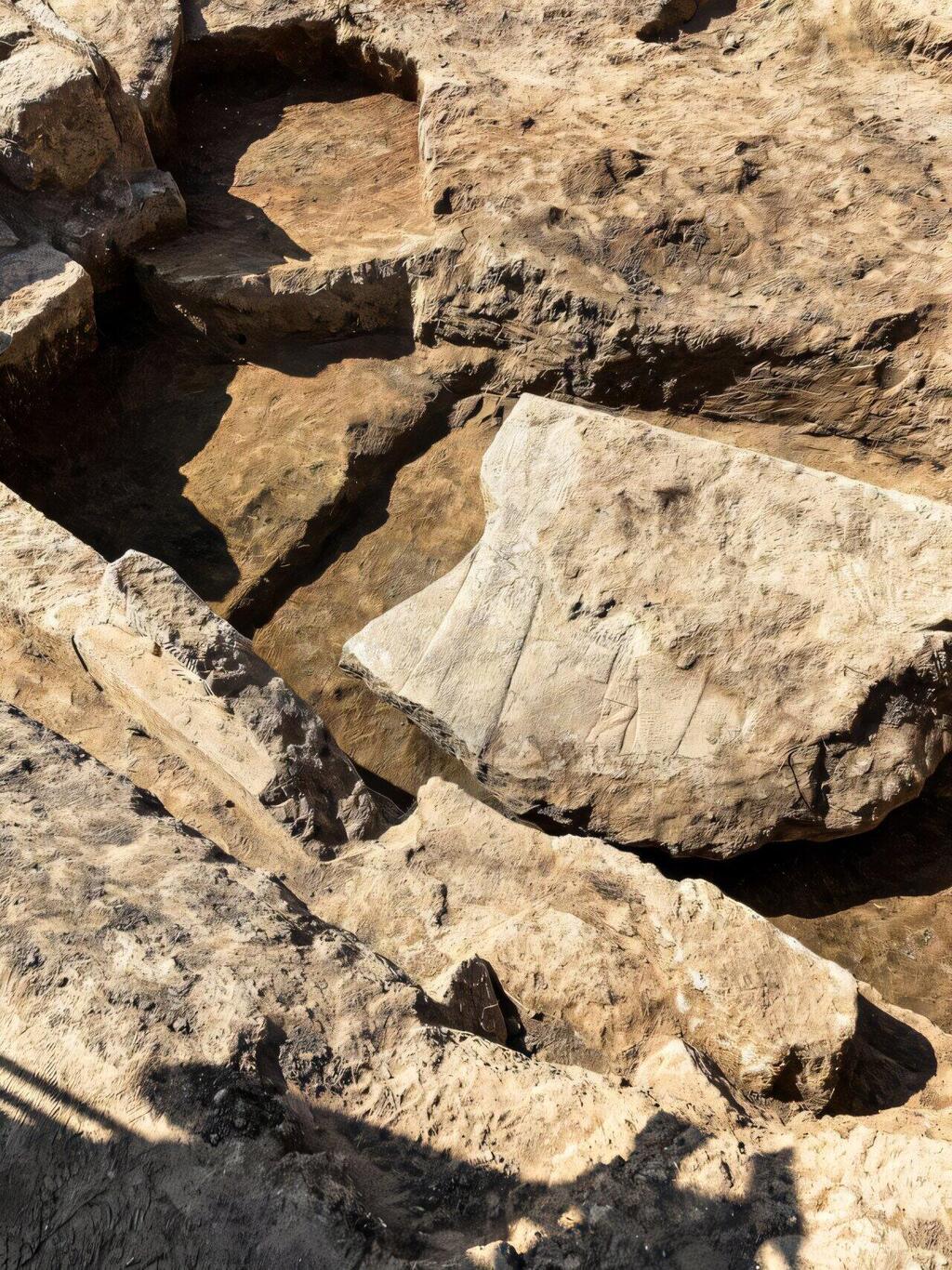Archaeologists from Heidelberg University have unveiled a remarkable discovery in Iraq, uncovering fragments of an ancient bas-relief dating back to the 7th century BCE. The fragments were found in the throne room of the North Palace in Nineveh, which served as the seat of King Ashurbanipal, one of the final rulers of the Assyrian Empire.
Nineveh, situated near the present-day city of Mosul, was once the capital of the mighty Assyrian Empire and a hub of power and culture. Under King Sennacherib in the late eighth century BCE, the city rose to prominence as the empire’s political and cultural heart, leaving a legacy that continues to captivate archaeologists and historians.
The newly unearthed stone slab is monumental in scale, measuring 5.5 meters long, 3 meters high, and weighing an estimated 12 tons. What sets this relief apart is its unique depiction of Assyrian deities alongside King Ashurbanipal. "Among the many relief images of Assyrian palaces we know of, there are no depictions of major deities," explained Professor Aaron Schmitt, the head of the excavation team.
The relief portrays King Ashurbanipal standing beside the god Ashur and the goddess Ishtar, who was regarded as the patroness of Nineveh. Accompanying them is a fish genius, believed to offer salvation and life, as well as a figure with raised arms, likely a scorpion-man. "These figures suggest that a massive winged sun disk was originally mounted above the relief," Schmitt elaborated.
Hidden for centuries
The relief was originally displayed in a niche directly across from the entrance to the throne room, a space of immense ceremonial and political importance. The fragments were discovered buried in an earth-filled pit behind this niche. Remarkably, the burial of the fragments during the Hellenistic period (3rd–2nd centuries BCE) helped preserve them, shielding them from earlier researchers. "The fact that these fragments were buried is surely one reason why the British archaeologists never found them over a hundred years ago," Schmitt noted.
This discovery builds on earlier explorations of Nineveh’s North Palace, which began in the late 19th century when British archaeologists uncovered large-scale reliefs that are now exhibited in the British Museum. Since 2022, Schmitt’s team has been systematically investigating the Kuyunjik mound, the North Palace’s core area, as part of the Heidelberg Nineveh Project. This initiative, which started in 2018 under the guidance of Professor Stefan Maul from Heidelberg University’s Department of Languages and Cultures of the Near East, aims to deepen our understanding of Assyrian art and history.
A vision for the future
The researchers plan to spend the coming months analyzing the relief in detail, examining both its artistic intricacies and its historical context. Their findings will be published in a scientific journal to contribute to the broader understanding of Assyrian culture during King Ashurbanipal’s reign.
Get the Ynetnews app on your smartphone: Google Play: https://bit.ly/4eJ37pE | Apple App Store: https://bit.ly/3ZL7iNv
In collaboration with the Iraqi State Board of Antiquities and Heritage (SBAH), the Heidelberg team envisions restoring the relief to its original location in the throne room’s niche. This plan will allow future visitors to experience the artifact in its authentic historical setting, offering a glimpse into the grandeur of the Assyrian Empire.
"This discovery provides new insights into the art and religious practices of the Assyrian Empire during one of its most significant periods," the researchers stated. By piecing together the story of this remarkable artifact, they hope to shed light on the cultural and spiritual dimensions of ancient Assyria.
The discovery, reported on Heidelberg University’s official website, marks a major step forward in understanding the intersection of art, religion, and power in one of history’s most influential empires.




